How to form zucchini?

It is very simple to grow zucchini on your personal plot. Vegetable culture is unpretentious. But in order to get a good harvest, the gardener needs to learn how to properly form the bushes.
The need for a procedure
First you need to understand why, in general, this procedure is needed.
-
Increased yield. First of all, this procedure is done so that the plants bear fruit well. After removing excess foliage and lashes, the bush puts all its energy into the formation of ovaries and the development of full-fledged fruits. In addition, after the formation of the bush, the plants do not shade each other. Therefore, pollinating insects gain access to flowers, and the ovaries are constantly exposed to sunlight.
-
Protection from disease. If the bush is not very thickened, the zucchini will hurt much less often. After all, most fungal diseases develop in conditions of high humidity. By removing the bottom sheets, and lifting the fruits from the ground, you can avoid their rotting. This is very important to remember when growing all plants in the pumpkin family.
-
Simplification of gardening. In order for the zucchini to grow and develop well, the beds should be weeded and watered regularly. If the bushes look neat and compact, this will greatly simplify the process of caring for them. In addition, harvesting from such beds will also be much easier. You don't have to look for them under a layer of dense foliage or clean them of dirt.
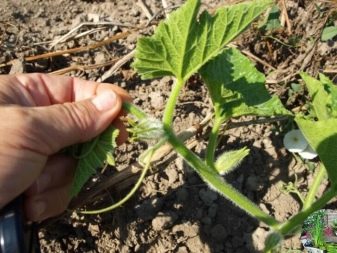
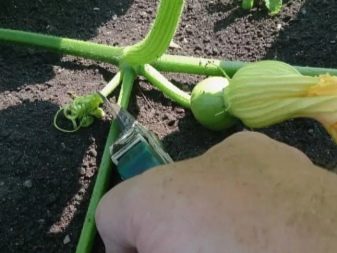
In order not to harm the plants during the formation of the bushes, you need to adhere to a number of simple rules.
-
Carry out work in a timely manner. It is necessary to form the bushes at an age when they are still young. In this case, they better tolerate all such procedures. If the gardener works with older plants, their fragile lashes can be damaged. It is best to engage in the formation of bushes in the evening or in cloudy weather. If it is hot outside during the procedure, the plants will tolerate it much worse.
-
Use the right tools. It is recommended to pick off foliage and thin shoots with your hands. Thicker lashes can be trimmed with garden shears or pruning shears. Instruments must be sharp and pre-disinfected. In this case, the gardener will not harm the plants.
-
Feed the plants after pruning. To accelerate the formation of new ovaries, zucchini must be fed. It is best to use organic fertilizers for this purpose. Some gardeners add nitrophosphate to the solution. After feeding the plant, it is also important to water it abundantly. This allows nutrients to reach the plant roots faster.
-
Bushes processing. If many leaves and stems were removed during the formation of the bush, sprinkle the plants with clean wood ash. This will significantly speed up the process of their recovery. When growing zucchini, dry ash can also be used for plant nutrition.
Using these simple rules, you can grow zucchini in any conditions.
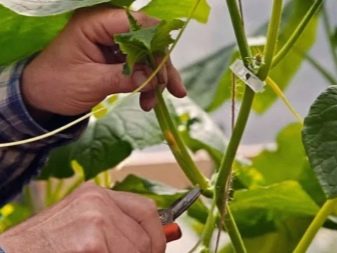
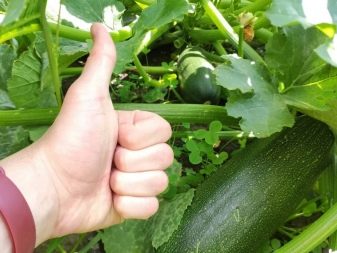
Formation of bush and self-pollinated varieties
Most gardeners prefer to plant their beds with simple bush squash. Mature bushes are compact and do not take up much space. Such plants do not need such procedures as pinching or pinching.
The fruits of such plants are formed on the central stem. The formation of new ovaries is stimulated by the timely harvesting of ripe fruits. It is best to collect zucchini every 3-5 days.If the gardener will pinch such plants, he will only weaken them.
You need to form the bushes as they grow. If they take up too much space, the gardener can cut off the large leaves. The bottom sheets should only be removed if the summer is rather rainy. In dry weather, a few sheets should still be left. This will keep the soil moist for longer. In addition, the soil will not overheat.

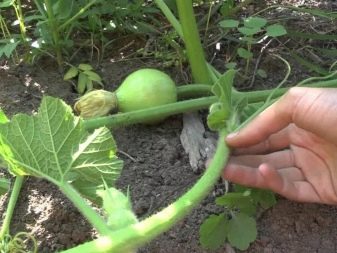
How to pinch climbing zucchini?
Such zucchini got their name due to the fact that their lashes can grow up to 2-2.5 meters in height. To prevent climbing varieties from forming too many shoots, the plants must be pinched in a timely manner. This procedure allows you to make the bush less dense.
For this, part of the main stem is removed. As a result, each bush should be no higher than 70 centimeters. It is worth carrying out this procedure after 6-8 full-fledged leaves appear on the stem.
After the flowers appear on the lash, you need to inspect the plants again. At this time, male flowers are usually formed on the central shoot. They can be recognized by their thin stalk. Female flowers can be located both on the central shoot and on the lateral ones. Their peduncle is thickened. After examining the central shoot, you must immediately remove all barren flowers. Then you need to pinch the top again. This will speed up the formation of full-fledged ovaries.
To prevent climbing bushes from taking up too much space, you need to cut off excess foliage from the side shoots. But if, when planting plants, the gardener adhered to a certain scheme, and placed the plants at a distance of 70-90 centimeters, the beds will not be too thick.
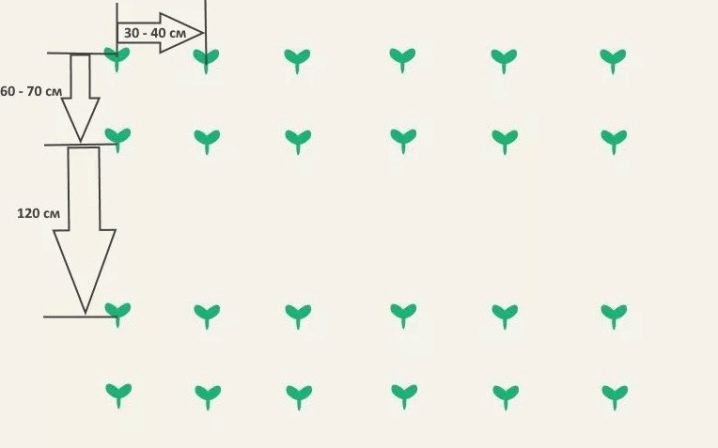
Climbing zucchini can be additionally tied to the trellis. In this way, you can fix both bushes growing in the open field and plants in a greenhouse.
The step-by-step instructions for tying zucchini are very simple. The support is installed at a short distance from the grown seedlings. As the lashes form, they are carefully guided towards the trellis. In the future, the plant will simply cling to the support and stretch upward.
When growing zucchini on a trellis, it is important to collect ripe fruits in a timely manner. The supports themselves should be made of durable materials. Otherwise, it will simply break under the weight of the overall fruit. Usually, metal supports or wide wooden trellises are used for this purpose.
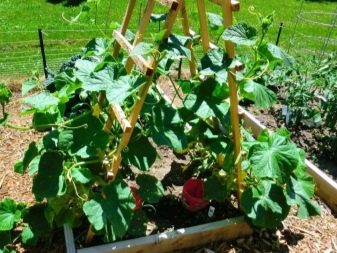
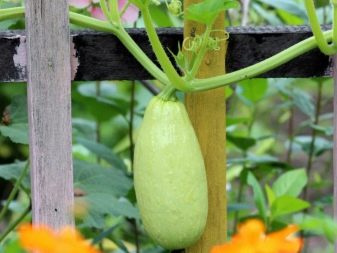
Useful Tips
Simple tips will help to simplify the care of zucchini for a novice gardener.
-
Cut flowers and foliage should not be destroyed. Zucchini inflorescences, like their fruits, are edible. They are added to salads, soups, and also used for stuffing or deep-fried. Green shoots and foliage can be sent to the compost pit. In this case, they will serve as an excellent feeding for other plants. The main thing is that the plants are not damaged by diseases.
-
The leaves should be cut as close to the stem as possible. If this is not done, the residues can start to rot.
-
Particular attention should be paid to pruning the bushes if the plants are sick. All sheets affected by diseases or pests must be removed. The same should be done with withered foliage. Such plant residues are burned or simply taken out of the site.
-
If it is not possible to tie the zucchini to the support, the ground under the bushes should be mulched with sawdust. This will help protect the fruit from rotting, as well as attacks from various pests.
Proper care of plants and the timely formation of bushes will help the gardener grow on his site, indeed, large and juicy zucchini.
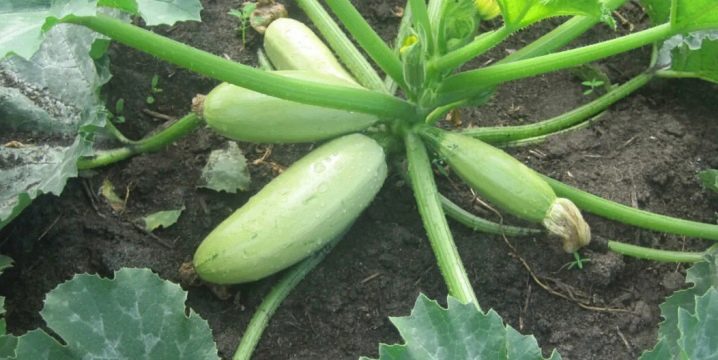













The comment was sent successfully.